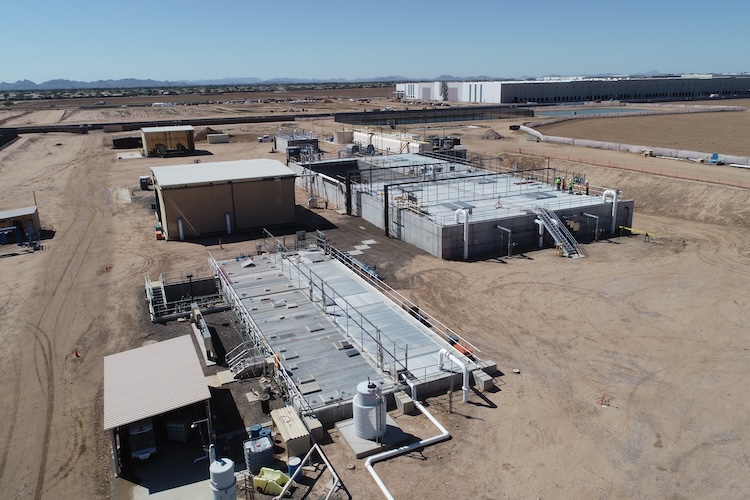The first step in a successful progressive design-build (PDB) project is to focus on building a unified team. In traditional design-bid-build projects, the owner, engineer, and contractor often work individually, each driven by their own goals and expectations. While this approach can work for traditional hard-bid projects, it can negatively impact the project schedule as each entity spends more time prioritizing its individual goals and weighing pros and cons before reaching a consensus.
PDB project delivery is an opportunity to fast-track design while construction progresses, accelerating schedules and optimizing the budget. This cohesive approach ensures that all team members work toward the same goal, fostering a collaborative environment that is crucial for the success of the project.
What is Progressive Design-Build?
PDB departs from conventional project delivery methods by using qualifications-based criteria from the start. Once awarded a project, the owner collaborates directly with the design-build team to finalize both the design and contract price. PDB fuses the design-builder element from traditional design-build with the collaborative preconstruction element of construction management at-risk, creating a comprehensive project model.
Embracing Flexibility and Trust: Overcoming Traditional Boundaries in Progressive Design-Build
Traditional design-bid-build and most collaborative delivery projects include the same design milestones: 30%, 60%, and 90% design, followed by construction. During progressive design-build, design and construction overlap, where construction can sometimes begin as early as the 30% design milestone or sooner. This accelerated approach requires a team willing to adapt to an unconventional process, making trust and flexibility essential.
Starting construction at the 30% design milestone relies on the owner’s trust in the team to begin construction before it sees the final design and requires designers to trust contractors to adjust to an evolving design. Contractors should have confidence that the rest of the team will support them as the project progresses.
The PDB model also offers a level of flexibility to help accelerate schedules. The team can work together to identify scopes of work that can advance sooner than others. For instance, on the Luke 303 Water Reclamation Facility, the PCL team had electrical panels delivered early to the site and installed, although the panels were missing components due to supply chain delays. This approach allowed PCL’s subcontractor to complete the field installation on schedule; once the missing components were delivered, the manufacturer sent a representative on-site to install and complete required factory testing.
Effective Communication
Constant communication must start early in the design phase, as it’s the key to a project’s success. A lack of communication is the number one risk on a PDB project and methods to manage communication should be developed as early as possible. Communication can easily slip through the cracks resulting in a project that isn’t aligned with the owner’s needs.
One way to ensure seamless communication is to set up job-site trailers with office space for the owner’s representative and the lead engineer. This strategy allows for real-time communication and expedites RFIs, inspections, and drawing reviews, and, ultimately, time-sensitive decisions. On the Luke 303 project, the PDB team used building information modeling (BIM) as a communication tool to quickly identify changes and implement them in the field.
Knowing When to Pause
A project isn’t just about the schedule or budget. If a project doesn’t meet its intent or causes long-term problems for the owner, it won’t be successful. A unified PDB team must realize when it’s time to pause, assess potential issues, and collaboratively find solutions.
During the Luke 303 project, the team identified a structural issue midway through construction, near the 90% design phase, that would’ve been costly to expand in the future if built as designed. By working together, the team evaluated several options and identified a modification that not only allowed for a cost-effective future expansion, but met the client’s goals and maintained the project schedule.
PDB represents a significant shift from traditional project delivery methods, emphasizing a unified team approach and early collaboration. By starting construction at an early design milestone, PDB allows for a faster project schedule and potential cost savings. However, this requires a high level of trust and flexibility among all team members. Ultimately, the success of a PDB project hinges on the team’s ability to work cohesively, communicate effectively, and pause when necessary to ensure the project’s long-term success and alignment with the owner’s needs.

